If phosphate stays high, bones weaken, skin itches, blood vessels calcify, and the heart works harder. The fix isn’t just a prescription-it’s patients knowing exactly how and why to use Sevelamer Hydrochloride. Education turns a handful of tablets into real results. That’s the job here: make this binder simple, safe, and effective in daily life. I live in Melbourne and juggle meals, school runs for my daughter, Aurora, and a very nosey Shih Tzu named Bruno-so I’m obsessed with routines that actually stick.
TL;DR
- Take sevelamer with meals, not on an empty stomach. If you finish eating and forgot it, skip-don’t double next time.
- Space other meds: 1 hour before or 3 hours after sevelamer (especially levothyroxine and ciprofloxacin).
- Watch for constipation, stomach pain, or swallowing trouble. Call your care team if symptoms are severe or persistent.
- Check blood phosphate regularly. Aim to move from “high” toward normal (your clinic will set a target).
- Food additives pack hidden phosphate. Fresh foods beat processed; label-reading matters more than perfection.
Why education makes or breaks sevelamer treatment
People usually click this topic with a few jobs in mind: understand what sevelamer does, learn how to take it without guesswork, avoid nasty interactions and side effects, and build habits that actually keep phosphate down between labs. That’s the whole game: clarity, safety, and daily consistency.
What sevelamer does is straightforward. It binds phosphate in your gut so less gets into your blood. It’s not a painkiller-you won’t “feel” it working-but your labs and symptoms (itching, bone pain, fatigue) tell the story over weeks. Education is the difference between taking it correctly and wasting tablets. In dialysis, the pill burden is already heavy, and binders are often the first to get skipped. In real-world dialysis cohorts, adherence to phosphate binders swings widely and strongly correlates with serum phosphate control. When clinics bundle clear instructions, teach-back coaching, and simple routines, phosphate usually drops and stays steadier.
Evidence backs teaching, not just prescribing. Kidney guidelines (KDIGO 2017 with updates through 2024) emphasize patient-centered education on binders, diet, and monitoring to control mineral bone disorder. Non-calcium binders like sevelamer have been linked, in meta-analyses, with lower vascular calcification and better survival compared with calcium-based binders in CKD-benefits you only capture if the medication is taken as intended. That’s why the “how” matters as much as the “what.”
Local note if you’re in Australia: sevelamer hydrochloride (often brand Renagel) is TGA-registered and PBS-listed for eligible patients. Your nephrologist or dialysis nurse will tailor the dose; your pharmacist can confirm current co‑payment caps. The big message is the same anywhere: right dose, right timing with meals, and keep an eye on interactions.
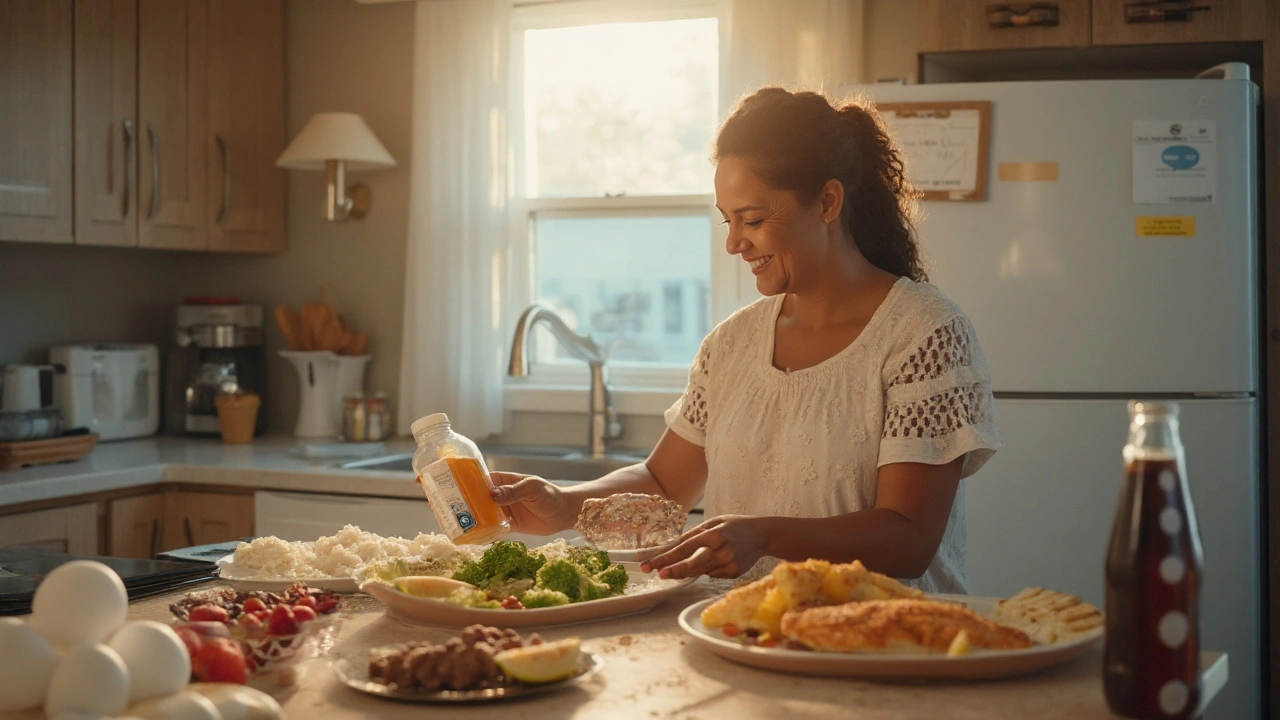
How to take it right: dosing, meals, interactions, and everyday habits
Here’s the simple rule that prevents most problems: Meals + Monitor + Med spacing. I call it the “3 Ms.”
1) Meals
- Take with food: Just before the first bite or during the meal. Sevelamer binds phosphate from that meal. No food, no binding.
- Missed dose? If you’ve finished eating, skip it. Do not double the next dose. Doubling without food doesn’t help and can worsen side effects.
- Do not crush/chew tablets: Swallow whole with water. If you have swallowing problems, tell your team; they may change the formulation or plan.
2) Monitor
- Labs: In Australia, phosphate is measured in mmol/L. Many clinics aim to reduce elevated phosphate toward normal; they’ll personalise your target and adjust every 2-4 weeks until stable.
- Symptoms: Track itching, bone pain, muscle weakness, or cramps. Report persistent GI symptoms like constipation or abdominal pain.
3) Med spacing
- General spacing rule: Take other oral meds 1 hour before or 3 hours after sevelamer to reduce binding interactions.
- Known interactions to respect: Levothyroxine (watch TSH), ciprofloxacin (absorption drops), mycophenolate (post-transplant patients), and some statins. Your pharmacist can flag others.
Starting dose and adjustment
- Common start: 800 mg with each main meal (3 times daily). Some people start at 1600 mg per meal when phosphate is very high.
- Titrate: Increase or decrease by 800 mg per meal every 2-4 weeks, guided by labs and tolerance.
- Multiple meals: If you often have smaller snacks, your team may split doses differently. Take it with the phosphorus‑containing food, not as a standalone.
Sevelamer hydrochloride vs sevelamer carbonate
Both bind phosphate. The hydrochloride salt can lower serum bicarbonate more than the carbonate form, so your clinician may prefer carbonate if you have metabolic acidosis. If your script specifies hydrochloride, that’s fine-just make sure your bicarbonate is monitored. Ask your team if you’re unsure why one was chosen.
Common side effects and what to do
- Constipation: Very common. Use stool softeners if your team agrees. Stay hydrated within your fluid allowance. Choose fibre wisely (avoid potassium- or magnesium-heavy supplements).
- Nausea, bloating, abdominal pain: Taking the dose in the middle of the meal can help. If persistent, call your clinic.
- Swallowing difficulty: Do not crush tablets. Report any sticking or pain-rarely, strictures or obstructions can be an issue, especially in people with prior GI problems.
- Vitamin absorption: Sevelamer may reduce absorption of fat‑soluble vitamins (A, D, E, K) and folate over time. Your clinic may prescribe vitamin D or a dialysis multivitamin and check levels.
Red flags-seek care
- Severe or worsening abdominal pain, vomiting, or no bowel movements (possible obstruction).
- Black stools or blood in stool.
- New trouble swallowing or food getting stuck.
Diet makes the binder’s job easier
- Fresh beats processed: Phosphate additives in processed foods are absorbed almost completely. Look for “phos” on labels (phosphate, phosphoric, hexametaphosphate).
- Protein balance: Don’t cut protein blindly-work with your renal dietitian. Aim for quality protein and time the binder with higher‑phosphate meals.
- Day-to-day reality: If Aurora’s weekend footy means sausage sizzles, you can still plan-take your binder with the meal, choose smaller servings, and skip the cola with phosphoric acid.
Make it stick: simple habit hooks
- Anchor to the plate: Keep the blister pack where you eat. Take the dose when the food hits the table.
- Carry a small spare: A travel strip in your bag or jacket helps when plans change. Don’t leave tablets in a hot car.
- Teach-back: Say your plan out loud at clinic: “I take one 800 mg with breakfast, lunch, and dinner; I space my thyroid pill 1 hour before breakfast.” This catches gaps before they cause trouble.
- One change at a time: If you’re struggling, fix the highest‑phosphate meal first (often dinner), then layer in the others.
| Serum phosphate (mg/dL) | Serum phosphate (mmol/L) | Typical action | Usual total daily dose range | Review timeframe |
|---|---|---|---|---|
| 4.5-5.5 | 1.45-1.77 | Start/continue binder with meals; reinforce label-reading | 2400-4800 mg/day (split with meals) | 2-4 weeks |
| 5.6-7.0 | 1.81-2.26 | Increase dose by 800 mg per meal if tolerated; tighten meal timing | 3200-6400 mg/day | 2-4 weeks |
| >7.0 | >2.26 | Maximise binder dose, check adherence & interactions; dietitian review | Up to 9600 mg/day under specialist care | 1-2 weeks |
| Note: Targets and doses are individual. KDIGO advises lowering elevated phosphate toward normal; follow your nephrologist’s plan. | ||||
Conversion tip: mg/dL × 0.323 ≈ mmol/L (e.g., 5 mg/dL ≈ 1.61 mmol/L).

Quick checks, pitfalls, and FAQ for patients and carers
Education checklist you can use at home
- I know my dose with each meal.
- I take it as I start eating or during the meal.
- I can name two of my high‑phosphate foods and how I handle them.
- I space other meds 1 hour before or 3 hours after.
- I know the signs that mean “call the clinic.”
- I’ve set one realistic habit cue (e.g., tablets live next to my dinner plate).
Common pitfalls and fixes
- “I always forget at lunch.” Pre‑pack a small lunch kit: tablet strip + a sticky note inside your sandwich bag.
- “It upsets my stomach.” Move the dose into the middle of the meal; ask about a slower titration or switching salt form if bicarbonate is low.
- “My thyroid is off.” Confirm spacing from levothyroxine and get TSH rechecked.
- “Labels are confusing.” Scan for “phos” words. Choose fresh meats over processed deli slices; swap cola for water or a renal‑friendly drink.
Mini‑FAQ
- What is sevelamer hydrochloride used for? It’s a phosphate binder for people with chronic kidney disease, often on dialysis, to reduce high blood phosphate.
- Can I take it on an empty stomach? No. It works by binding phosphate in the meal. Take it as you start eating or during the meal.
- What if I miss a dose? If the meal is done, skip. Don’t double next time.
- Is it safe with all medications? It can bind many drugs. Space 1 hour before or 3 hours after and check with your pharmacist, especially for levothyroxine, ciprofloxacin, and mycophenolate.
- Will it affect vitamins? It can reduce absorption of fat‑soluble vitamins and folate. Your care team may prescribe supplements and check levels.
- Hydrochloride vs carbonate? Both bind phosphate. Carbonate may be preferred if you have low bicarbonate. Your clinician chooses based on labs and tolerance.
- Can kids take it? Paediatric use is specialist‑only. Dosing and safety need close oversight.
- Pregnancy and breastfeeding? Discuss with your nephrologist and obstetric team; they’ll weigh benefits and risks and monitor closely.
- Is aluminium or magnesium antacid okay? Avoid unless your kidney team says otherwise-risk of accumulation in CKD.
Who does what in a good education plan
- Nephrologist: Sets the target, adjusts dose, monitors labs including bicarbonate and PTH.
- Dialysis nurse: Reinforces timing with meals, uses teach‑back, checks adherence barriers.
- Renal dietitian: Finds high‑impact food swaps that fit your culture and budget, not just generic “avoid lists.”
- Pharmacist: Screens interactions, confirms spacing, suggests practical packaging (calendar packs).
- You and carers: Own the routine-especially weekends, work shifts, and social events where slip‑ups happen.
Pro tips that save headaches
- Weekend rule: Lay out all doses for Sat-Sun on Friday night. Weekends are where adherence goes to die.
- Shift workers: Tie the dose to your main meals, not the clock. If your “dinner” is at 3 a.m., that’s fine-binder goes with that meal.
- Travel: Split tablets across bags in case one is lost. Keep the meds in original packaging for customs and stability.
- App or paper? Use whatever you’ll stick with. A simple tick‑box on the fridge can beat the fanciest app.
Why all this detail? Because small mistakes add up. Taking it after the meal, forgetting one dose a day, or stacking it next to your thyroid pill can flatten the benefit. Education isn’t a lecture; it’s getting you a plan that works in your real life-with footy nights, work shifts, and, yes, a dog named Bruno eyeing your dinner.
Source notes you can trust
- KDIGO CKD‑MBD guidelines (2017; updates through 2024): recommend lowering elevated phosphate and prioritising non‑calcium binders in many patients.
- TGA‑approved Product Information for sevelamer hydrochloride: dosing, contraindications, and interaction specifics.
- Meta‑analyses comparing sevelamer with calcium binders report less vascular calcification progression and potential mortality benefits, especially in dialysis populations.
Next steps
- Write your meal‑by‑meal plan on a single card. Example: Breakfast 800 mg, Lunch 800 mg, Dinner 1600 mg.
- List your meds that need spacing (e.g., levothyroxine). Set an alarm for the morning dose.
- Book a check‑in with your clinic in 2-4 weeks to review phosphate and symptoms. Bring your questions.
- Ask your pharmacist about a calendar pack or blister service if pill organisation is a barrier.
Troubleshooting by scenario
- High phosphate despite taking it: Confirm dose with meals, check hidden phosphate additives, review spacing from interacting drugs, ask about dose increase or switching to carbonate if bicarbonate is low.
- Constipation won’t budge: Move dose into the meal, review fluid and fibre within renal limits, consider stool softeners with clinician approval, reassess total daily dose.
- Can’t swallow tablets: Flag immediately-your team may change the formulation or strategy. Don’t crush tablets without explicit advice.
- Multiple daily meds: Draw a simple timeline: thyroid pill → breakfast (sevelamer) → midday meds 3 hours later → dinner (sevelamer). Keep it on the fridge.
This is teachable, doable medicine. When patients know the why and the how, phosphate falls, symptoms ease, and the numbers behave. That’s the win we’re after.

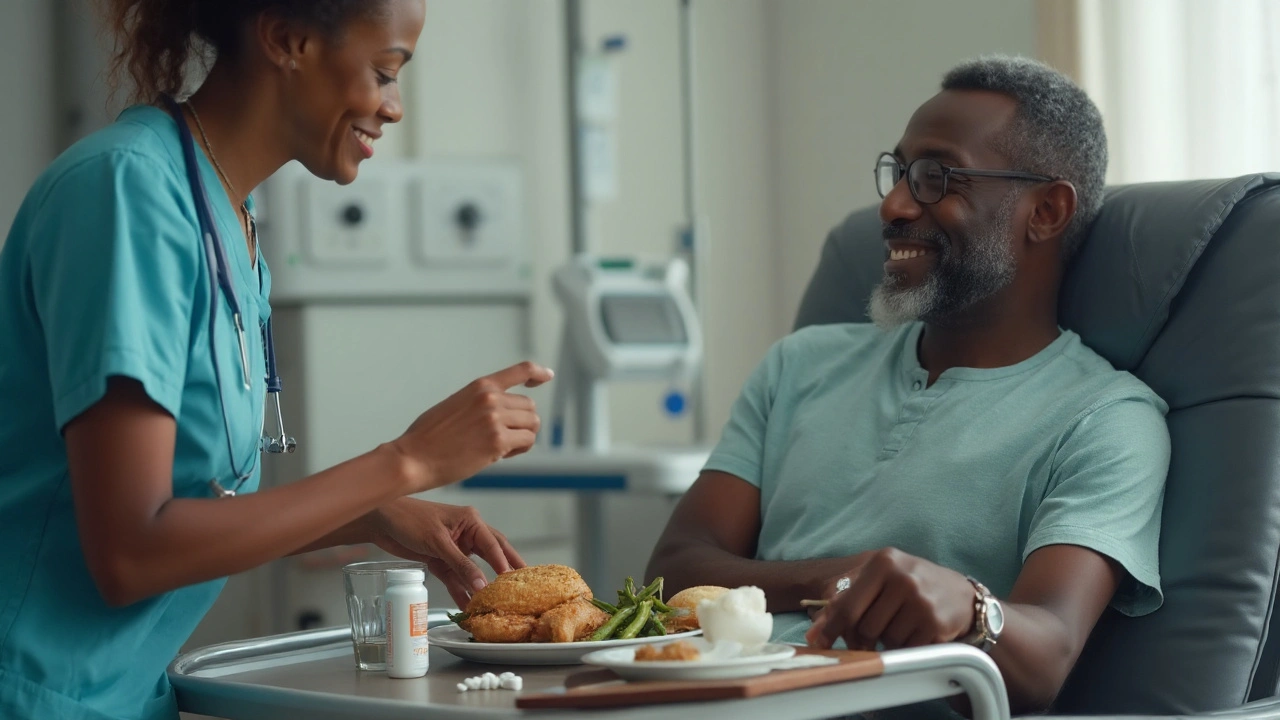
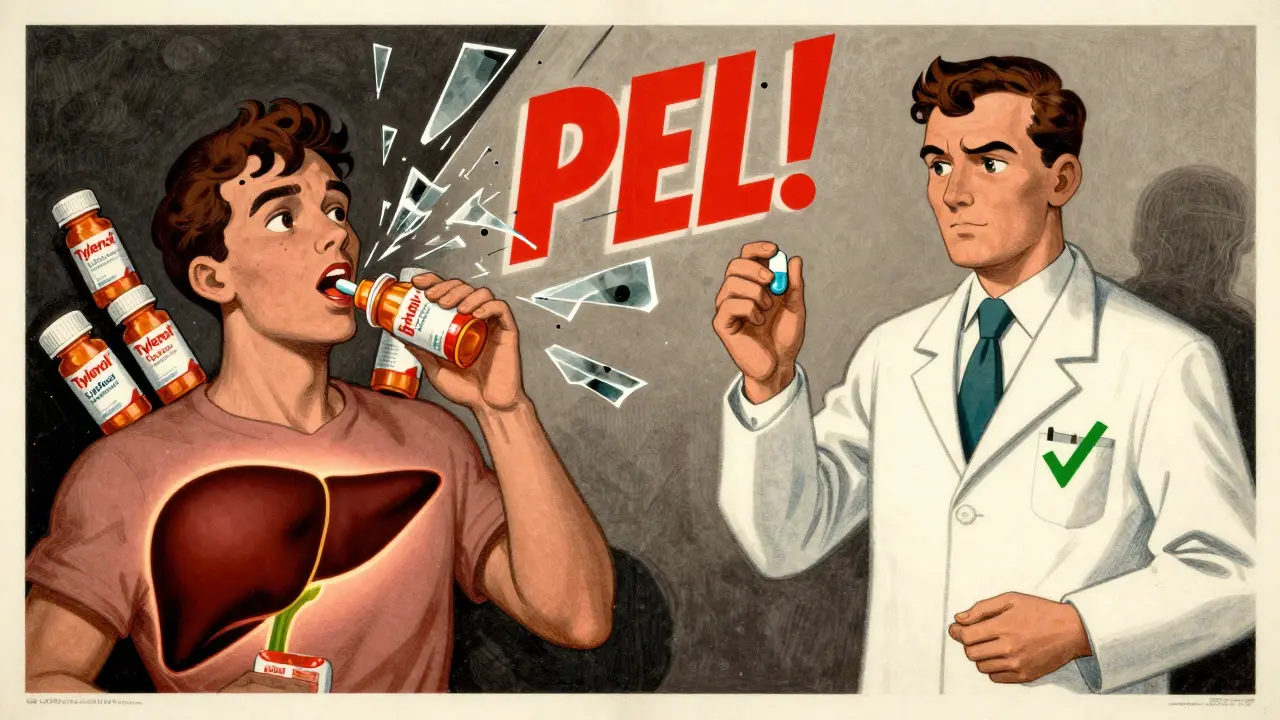

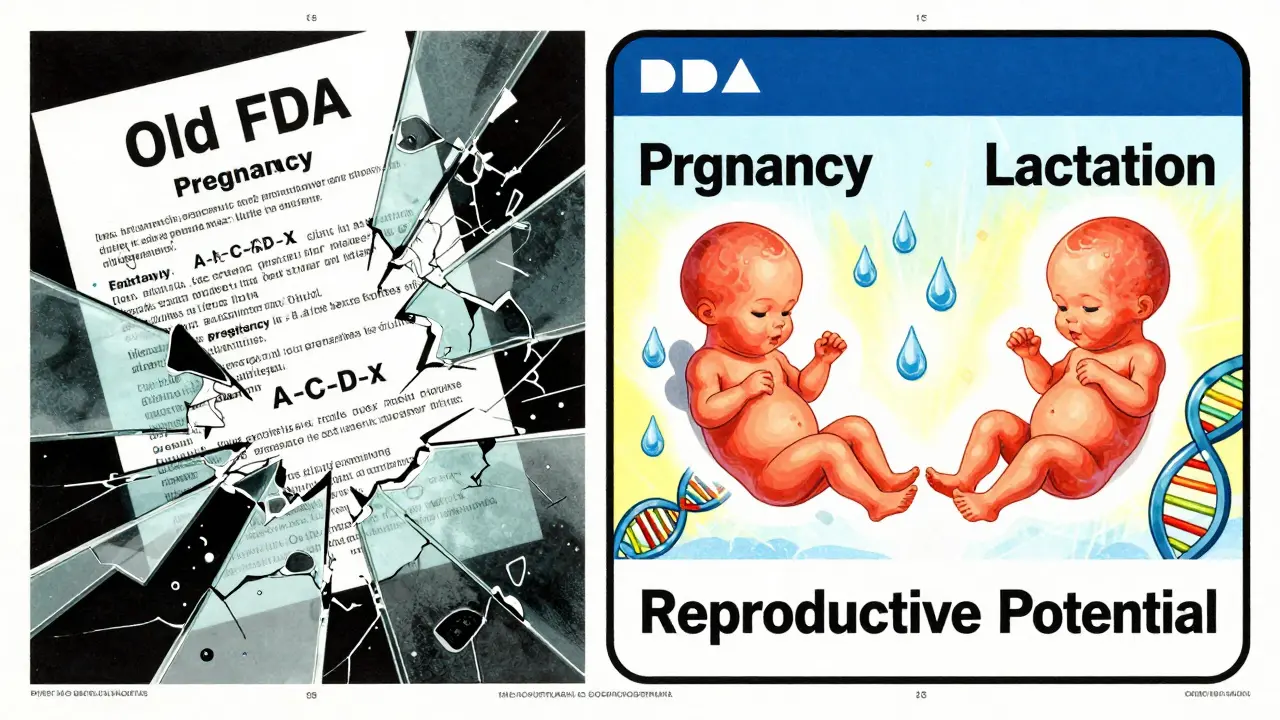
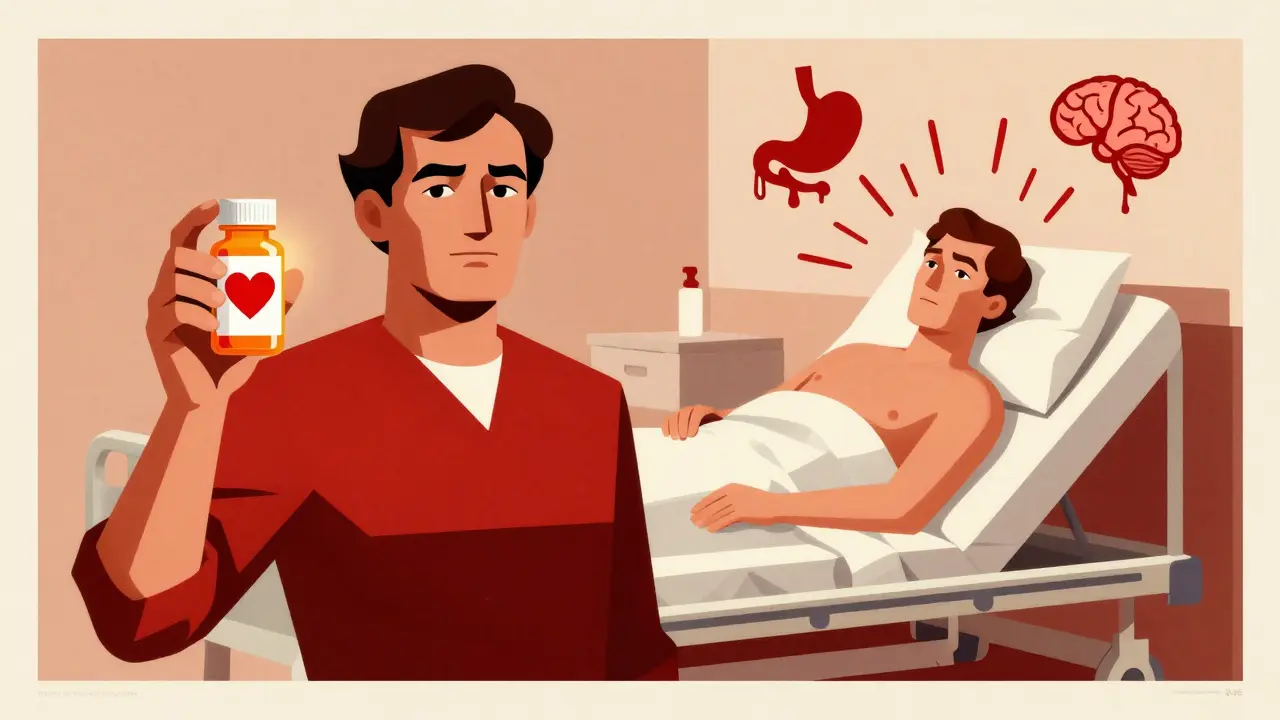
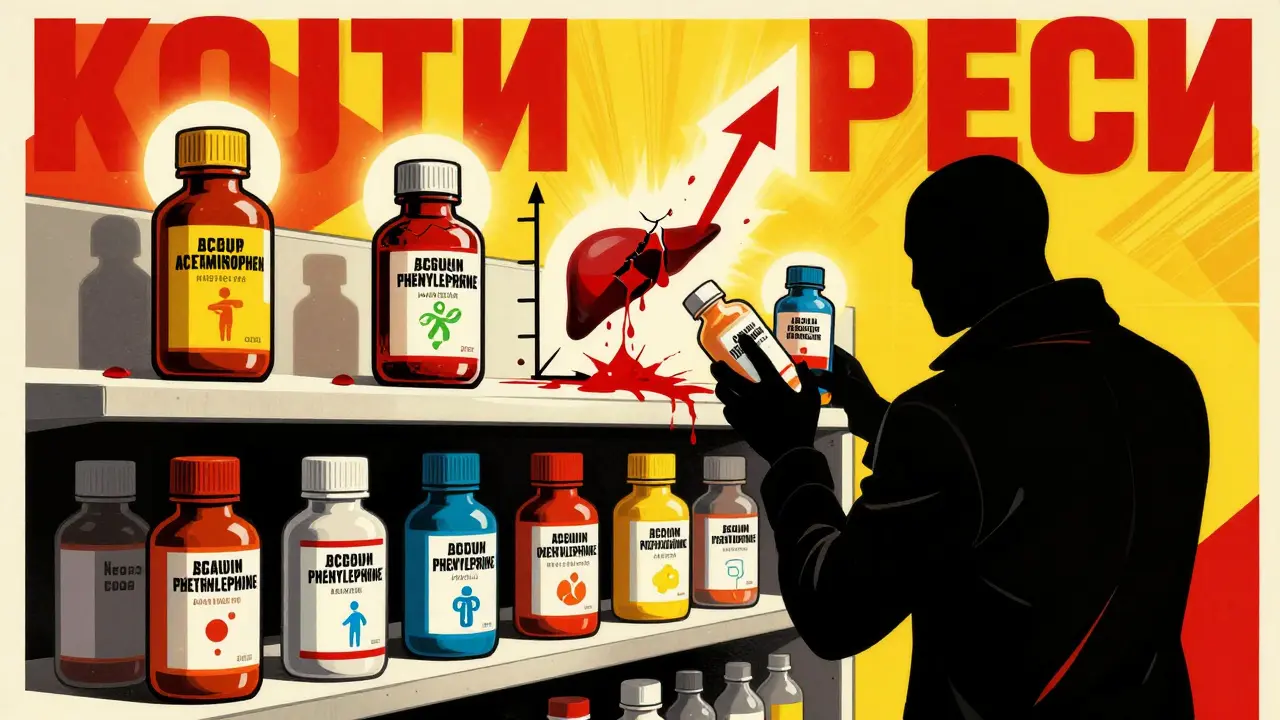
Taryn Bader
September 1, 2025 AT 06:13I get it, the daily grind of meds feels like a never‑ending marathon.
The idea of tying sevelamer to every bite can make anyone sigh.
But imagine your bones feeling a little less brittle each month.
Picture the itching subsiding just enough to let you sleep.
That tiny win is what the routine is built for.
Start by placing the blister pack right next to your plate.
When the fork hits the food, the tablet meets the meal.
If you forget, just skip it-don’t double up, that only adds chaos.
Keep a spare strip in your bag, because life throws curveballs.
For those on shift work, treat your main meals as anchors, even if they’re at odd hours.
And remember to give your thyroid pill an hour before or three hours after the binder.
It’s a small dance, but it keeps the medication from stealing the spotlight.
Track your phosphate numbers every few weeks and celebrate the dip.
If constipation creeps in, talk to the team about a gentle stool softener.
In the end, the habit becomes a quiet hero, letting you focus on school runs, footy nights, and Bruno’s goofy antics.
Myra Aguirre
September 1, 2025 AT 09:00Keeping sevelamer with meals is a solid habit.
Just make sure other pills have the right gap.
A simple reminder on the fridge can do the trick.
Stay gentle with your gut and watch for any upset.
Shawn Towner
September 1, 2025 AT 11:46While the guide is thorough, many patients never need such minute timing.
In practice, a few hours' variance rarely changes phosphate levels dramatically.
Too much focus on exact spacing can add unnecessary stress.
Consider simplicity over rigid schedules when possible.
After all, adherence matters more than perfection.
Ujjwal prakash
September 1, 2025 AT 14:33Look, folks-sevelamer is a binder, not a magic wand!; you still gotta eat right, avoid hidden phosphates, and keep those other meds at bay, okay?; the timing rule (1 hour before or 3 after) is solid, but if you miss a dose, just skip it-no double‑up drama needed.; remember, the binder works with the food, not on an empty stomach; otherwise you’re just tossing pills into the void.
Diane Helene Lalande
September 1, 2025 AT 17:20Great points above!
Just a quick reminder: always swallow the tablets whole to avoid choking hazards.
If swallowing is tough, let your team know-they can adjust the formulation.
Consistent phrasing helps everyone stay on the same page.
Edwin Levita
September 1, 2025 AT 20:06The drama of a pill schedule can feel overwhelming, yet it’s truly a lifeline.
When you anchor the dose to a familiar routine, the anxiety fades.
Think of it as choreography rather than a burden.
Precision in timing safeguards the therapy’s effectiveness.
Let’s keep the focus on the health gains, not the hassle.
Xander Laframboise
September 1, 2025 AT 22:53From a pharmacology standpoint, sevelamer’s binding capacity is finite; overload can actually reduce its efficacy.
Hence, dosing should reflect the phosphorus load of each meal.
If you notice labs staying high, consider the hidden phosphates in processed foods rather than just upping the dose.
Also, the potential reduction in fat‑soluble vitamin absorption warrants periodic monitoring.
Balancing these factors yields the best outcomes.
Jason Petersen
September 2, 2025 AT 01:40Just follow the guide.
Melissa Gerard
September 2, 2025 AT 04:26Honestly, most of this is common sense, but people love to overcomplicate a simple binder 🙄.
Cindy Knox
September 2, 2025 AT 07:13What a thorough walkthrough!
I love the practical tips like anchoring the tablet to the plate.
It makes the whole routine feel doable, even on hectic days.
Keep sharing these gems, they’re truly empowering.
Here’s to smoother phosphate control and happier kidneys!